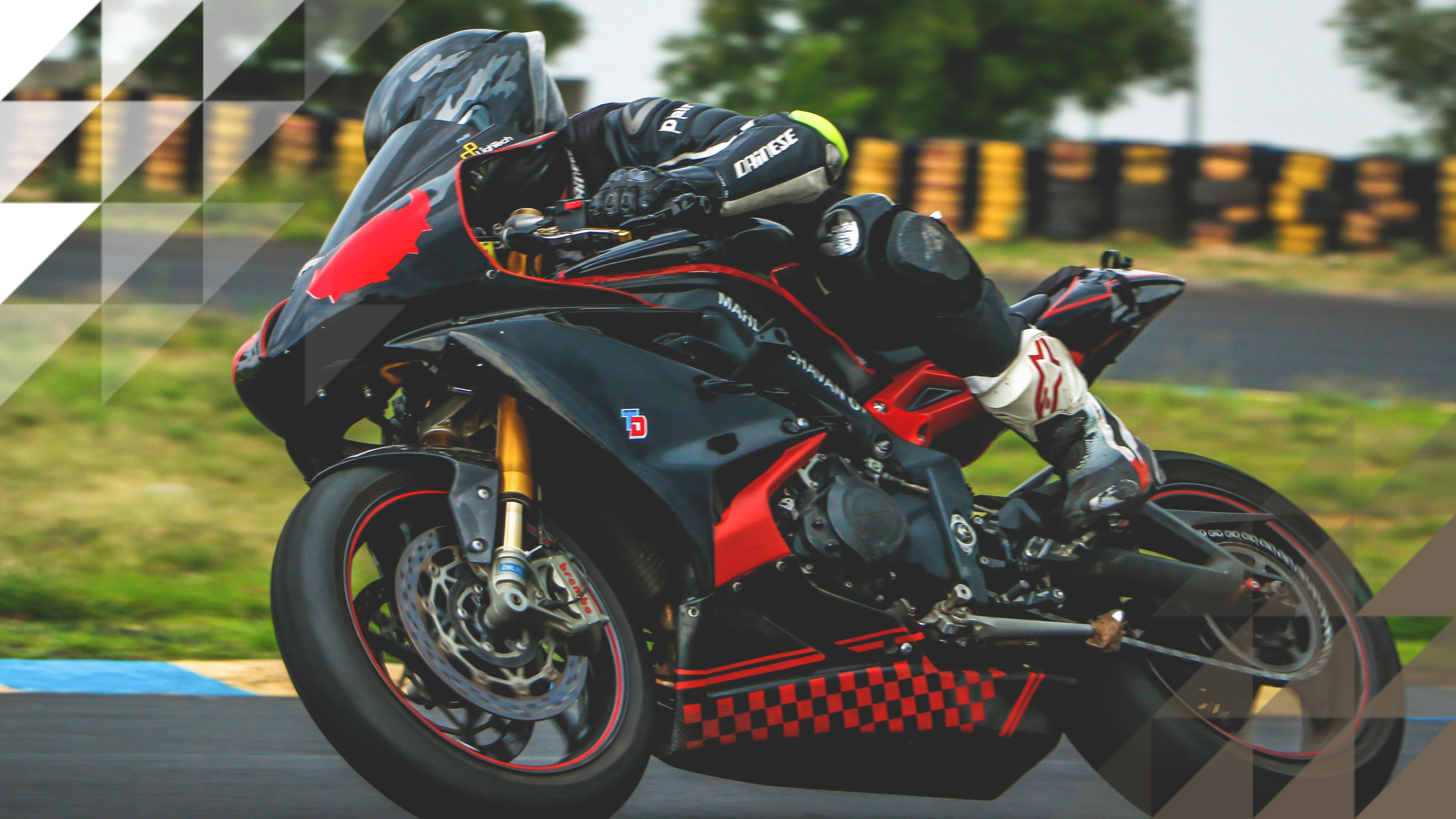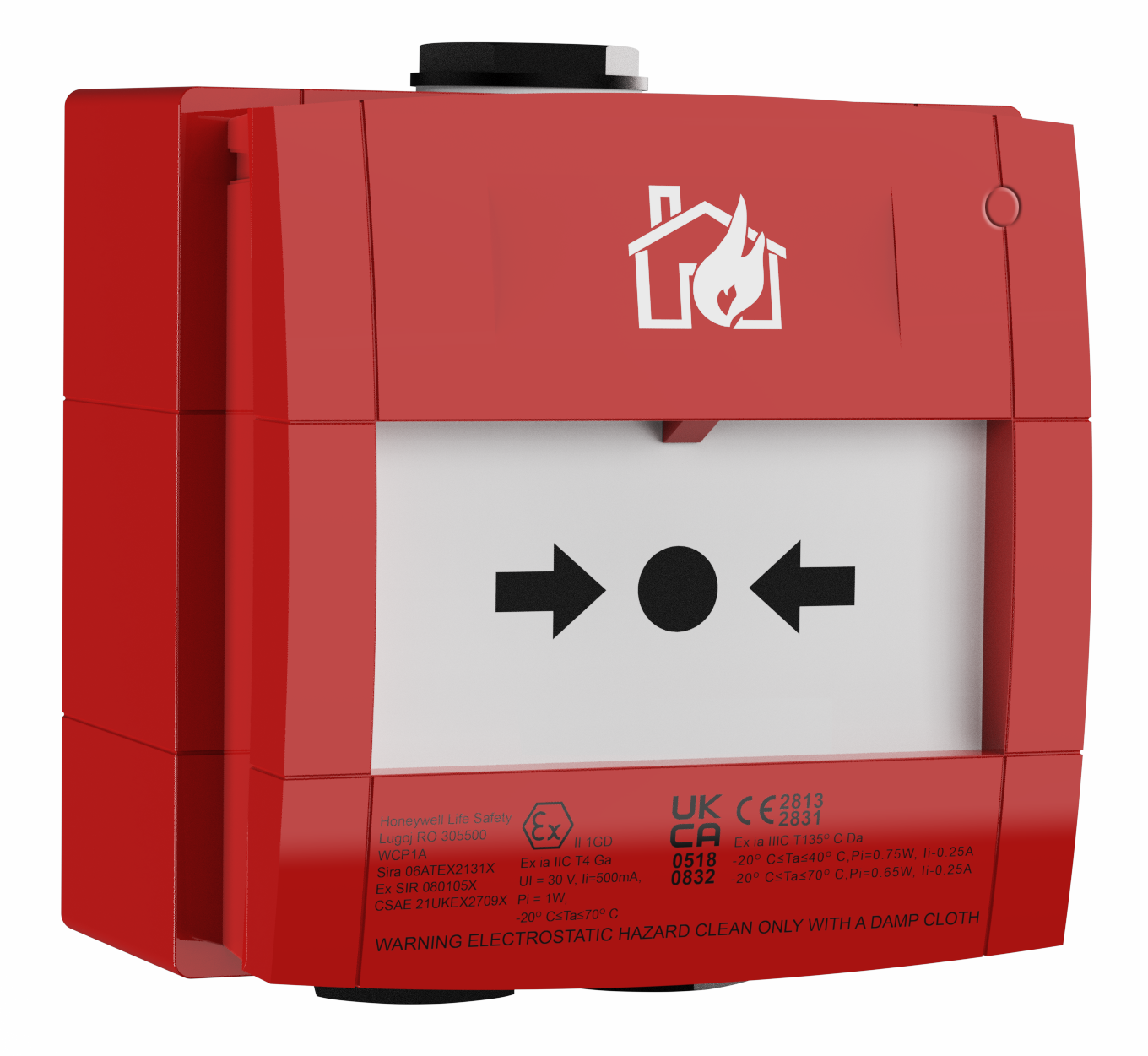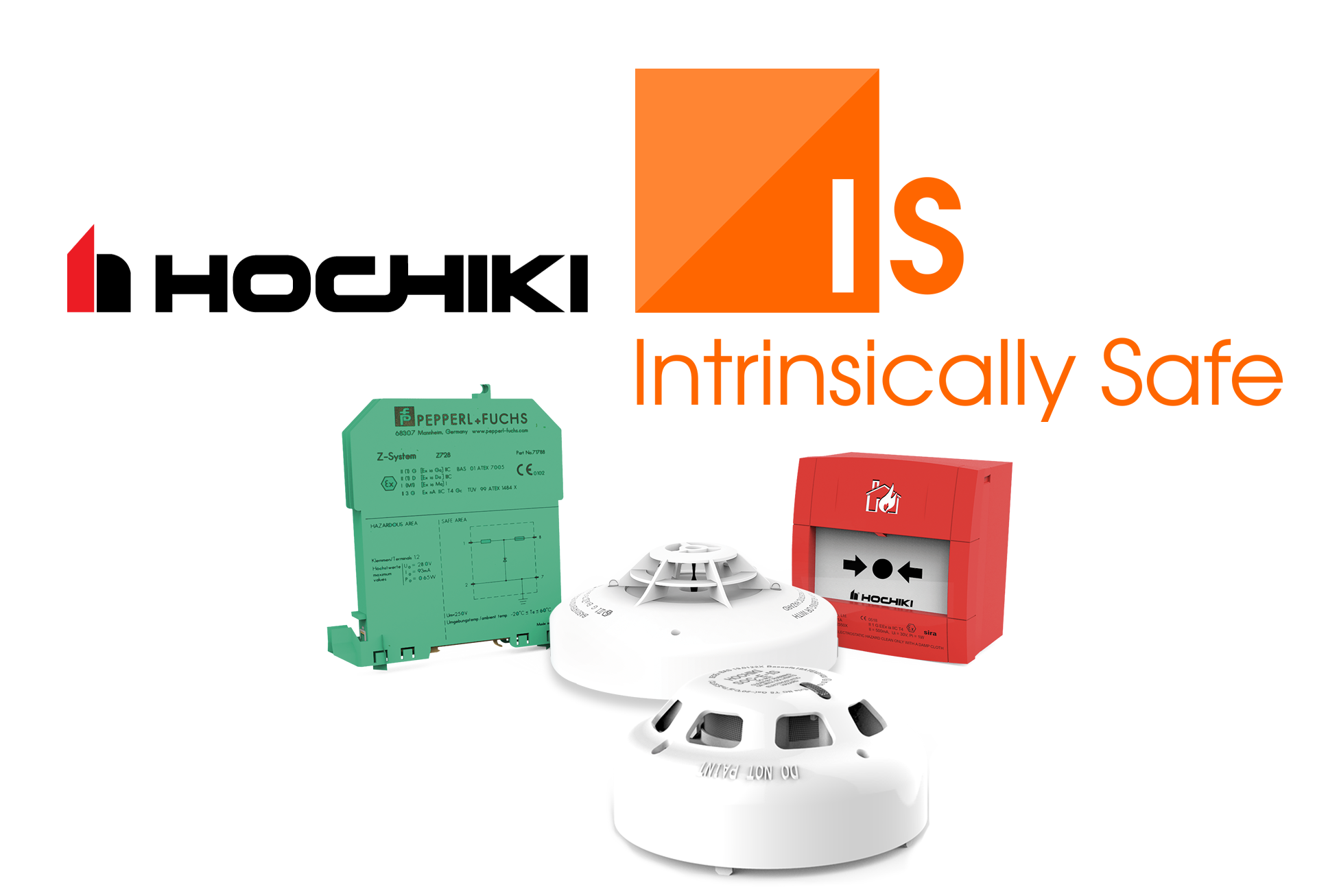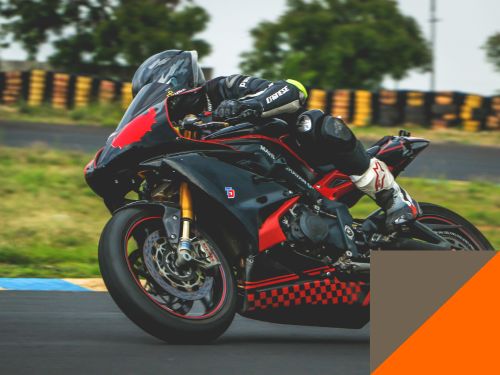Yamaha Motorcycle Factory
The Yamaha motorcycle factory in Chennai, India, is protecting its employees with a low maintenance, high performance fire alarm system, provided by Hochiki Europe.
The Yamaha motorcycle factory in Chennai, India, is protecting its employees with a low maintenance, high performance fire alarm system, provided by Hochiki Europe.

explained a spokesperson, at Yamaha Chennai.
Technical experts from Hochiki Europe worked closely with life safety installers, Bell Automation, and Yamaha’s designers to develop an effective solution that could be easily integrated into their computer aided design (CAD) models. Hochiki Europe recommended dividing the site’s buildings into four separate groups, each connected to a centralised control panel – provided by the manufacturer. This would overcome the challenge presented by the site’s complexity, while simplifying maintenance and monitoring procedures.


Photoelectric Smoke Sensors from Hochiki Europe were selected for use in all buildings across the site. Offering high-precision chamber technology, rather than standard ionisation sensors, the solution has a greater particle sensor threshold than traditional products, minimising the risk of false alarms.
Hochiki Europe’s Intrinsically Safe Photoelectric Smoke Detectors were selected for the site’s paint store area. These detectors have been specially designed to operate on a reduced current and have been third-party approved for use in hazardous areas. They are installed in conjunction with a barrier, which reduces the energy entering the hazardous zone and their components are encapsulated in a non-conductive material, negating the chance of sparking and igniting a flammable atmosphere.
In the canteen kitchen, Hochiki Europe recommended the installation of its Water-Proof Heat Detectors. Featuring a variable Fixed Temperature heat element, these sensors are able to overcome the issue of excessive smoke from cooking food. Their water-proof casing means that they are able to withstand the humidity of the kitchen, increasing durability and cutting maintenance needs. Weather-Proof Sounders and Weather-Proof Manual Call Points were chosen for external assembly areas.
The safety products installed in each building were linked to the relevant network each controlled by one of four centralised control panels provided by Hochiki Europe, meeting the requirement for streamlined monitoring. Alok Chaturvedi, Director of Bell Automation, added:
Rohit Harjani, country manager for India at Hochiki Europe, concluded:
